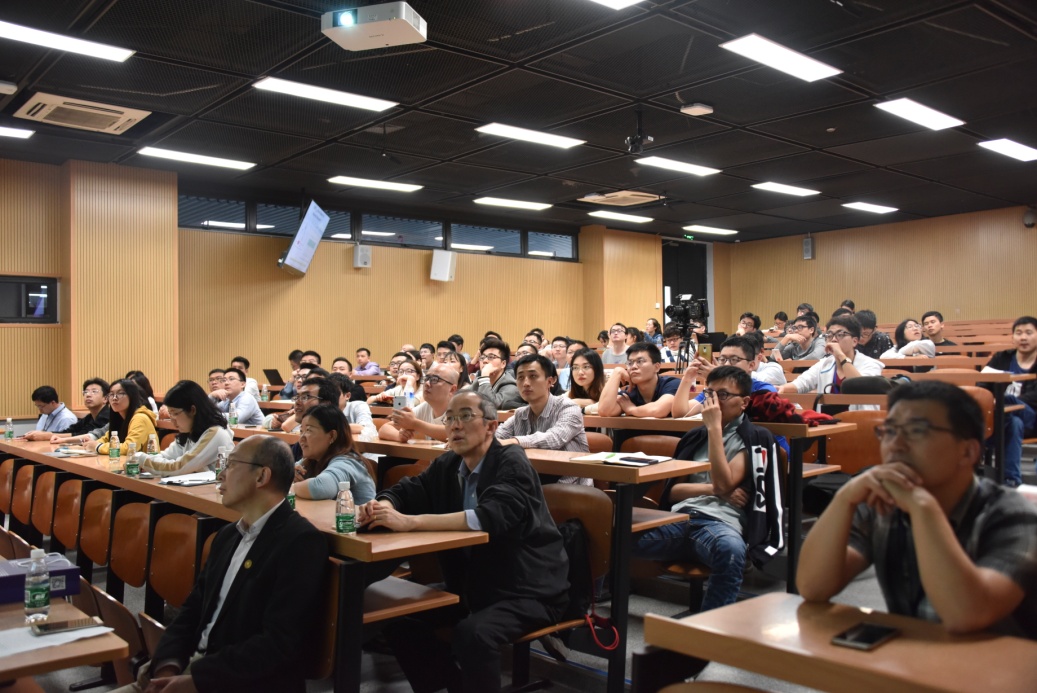In the lead-in to Christmas, Southern University of Science and Technology (SUSTech) welcomed Princeton University Professor Stephen R. Forrest. He came to give the 205th lecture in the SUSTech Lecture Series about excitons and exciton confinement in organic heterojunctions.
Professor Stephen R Forrest joined the Departments of Electrical Engineering and Materials Science at the University of Southern California (USC) in 1985. 7 years later, he became the James S. McDonnell Distinguished University Professor of Electrical Engineering at Princeton University, and chaired the department from 1997 to 2001. He was the University of Michigan’s Vice President of Research from 2006 as the Peter A. Franken Distinguished University Professor. He has received numerous awards from teaching, inventing and research. He is a fellow of APS, IEEE, OSA and a member of the National Academy of Engineering, the National Academy of Sciences, the National Academy of Inventors, the American Academy of Arts and Sciences. Prof. Forrest has authored nearly 600 papers and has more than 300 patents issued in his name. He has served on the Board of Governors of the Technion – Israel Institute of Technology where he is a Distinguished Visiting Professor of Electrical Engineering. Currently, Prof. Forrest serves as Lead Editor of Physical Review Applied and recently joined the Air Force Studies Board.

Prof. Forrest spoke about the central role excitons play in photogeneration in organic detectors and solar cells. The efficiency of the exciton dissociation process is directly related to molecular structure of the donor and acceptor molecules and the film morphology. He explaine how his team had focused on understanding the microscopic nature of interactions in both fullerene and nonfullerene based junctions. They had developed quantum mechanical models coupled with molecular dynamics simulations to understand the role that morphology plays on the energy of the charge transfer state and ultimately its ability to generate free charge at a low expense of energy.
Prof. Forrest explained that quantum confinement of the exciton by crystalline domains in dilute donor-acceptor blends results in substantial energy shifts in the state, thereby impacting its binding energy. The models they developed quantitatively related to the energy loss in nonfullerene acceptors to the molecular structure itself. Ultimately, this understanding of exciton and CT state energetics has led to highly efficient organic solar cells.
Prof. Forrest was inundated with questions from an enthralled audience of students and faculty members, in which he expanded on his theory.
Proofread By
Photo By